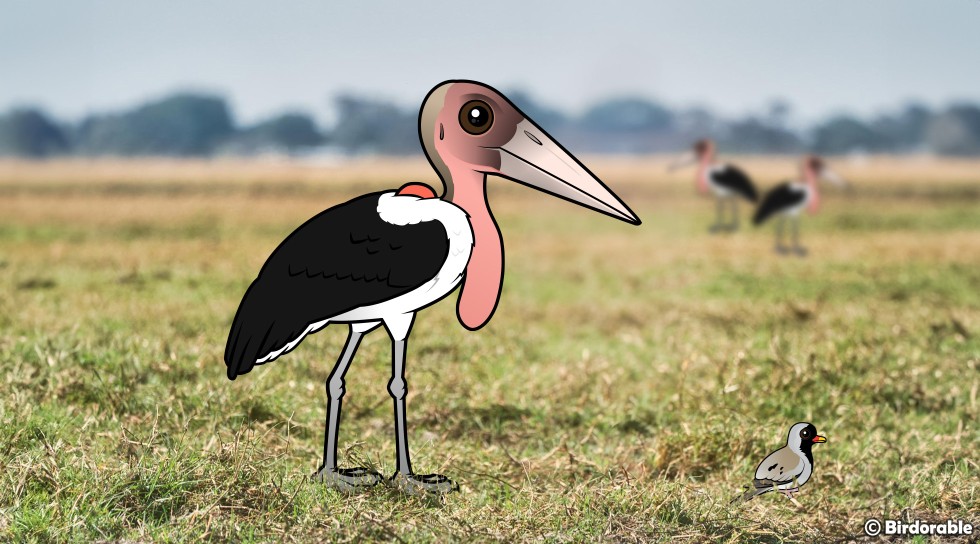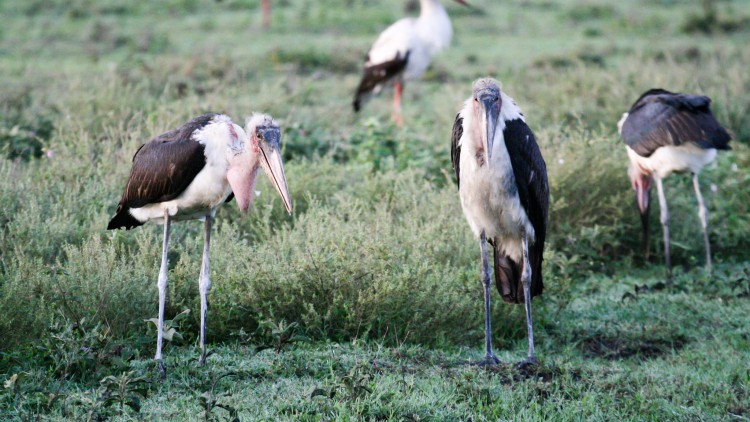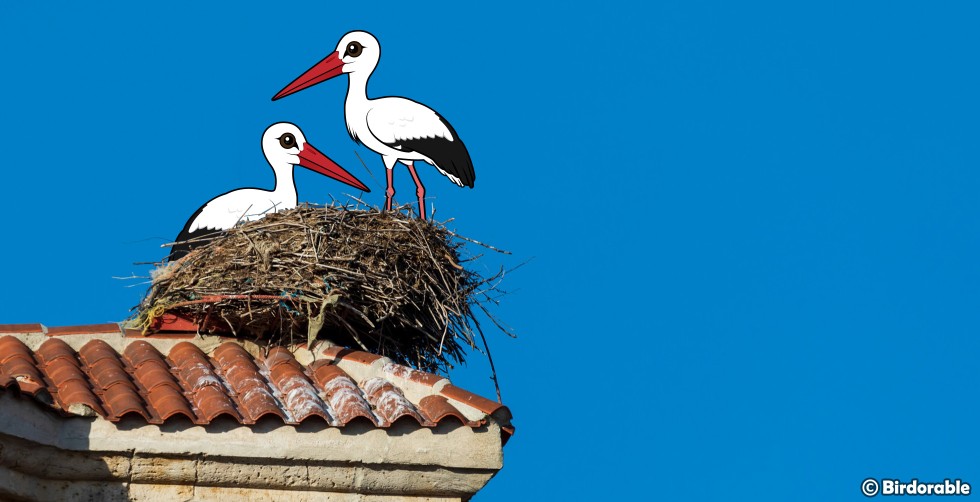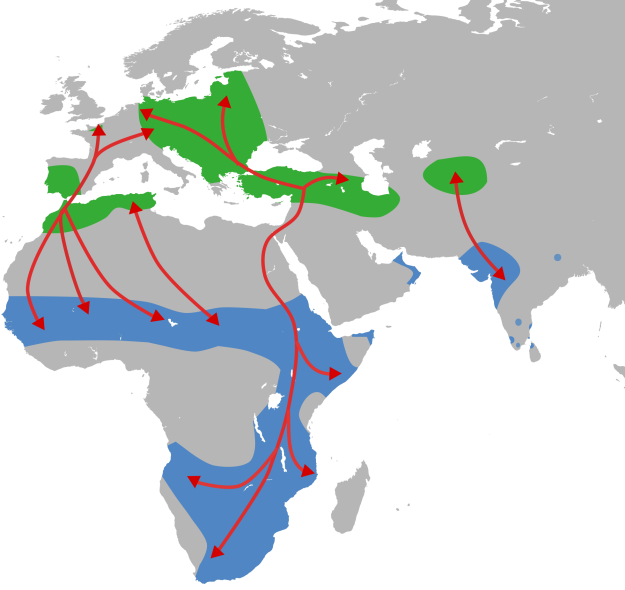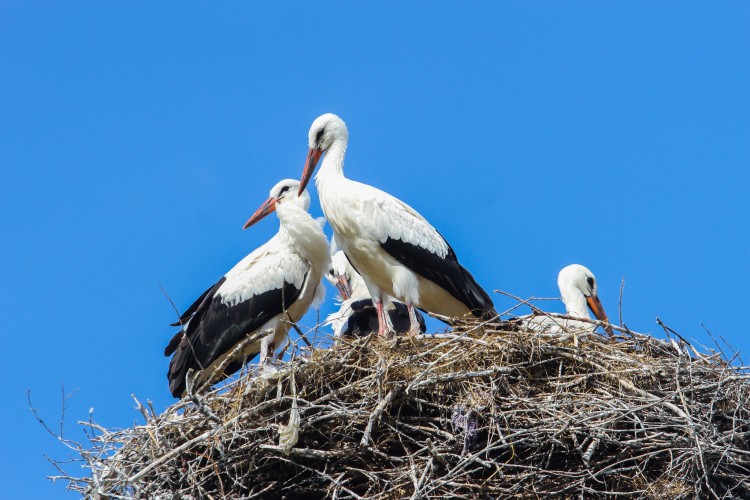12 Days of Birdorable
Birdorable's Festive 12-Day Countdown: Eight Milky Storks
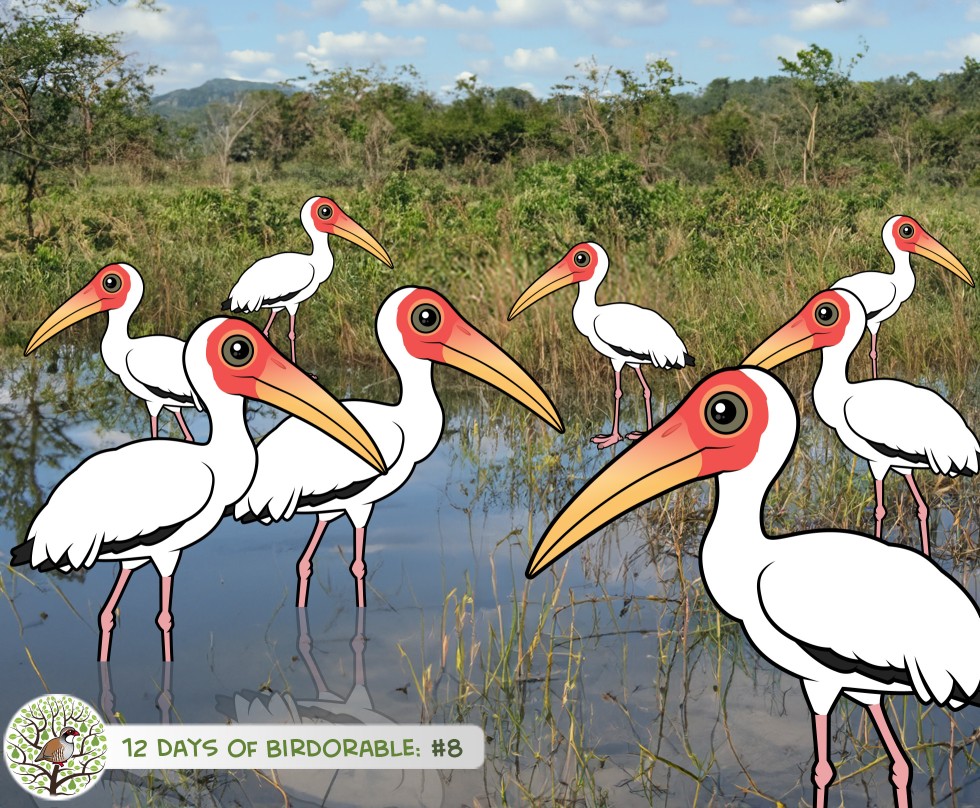
On the eighth day of Birdorable, the gift was truly unique... 8 Milky Storks! Our festive 12 Days of Birdorable journey unfolds further with the introduction of a fascinating new member of the bird kingdom, the Milky Stork, from the diverse stork family.
In a creative twist on the traditional "Eight Maids-a-Milking" from the timeless "The 12 Days of Christmas" carol, we celebrate the Milky Stork, a name that playfully nods to the original verse while steering our holiday focus back to the avian world. Historically, the task of milking dairy cows was often seen as "women's work," a role deeply rooted in pastoral life. However, in the spirit of Birdorable, where every day is an opportunity to honor our feathered friends, we've opted for a bird that brings its own brand of "milky" magic to the mix.
The Milky Stork, with its striking white plumage contrasted by black flight feathers and a distinct pinkish bill, is a sight to behold. This bird, primarily found in coastal and wetland areas of Southeast Asia, embodies the elegance and grace that storks are known for. Though it shares its habitat with other stork species, the Milky Stork stands out due to its unique coloration and the serene beauty it adds to its surroundings.
This is the eighth day of our 12 Days of Birdorable holiday event. Previously featured were:












